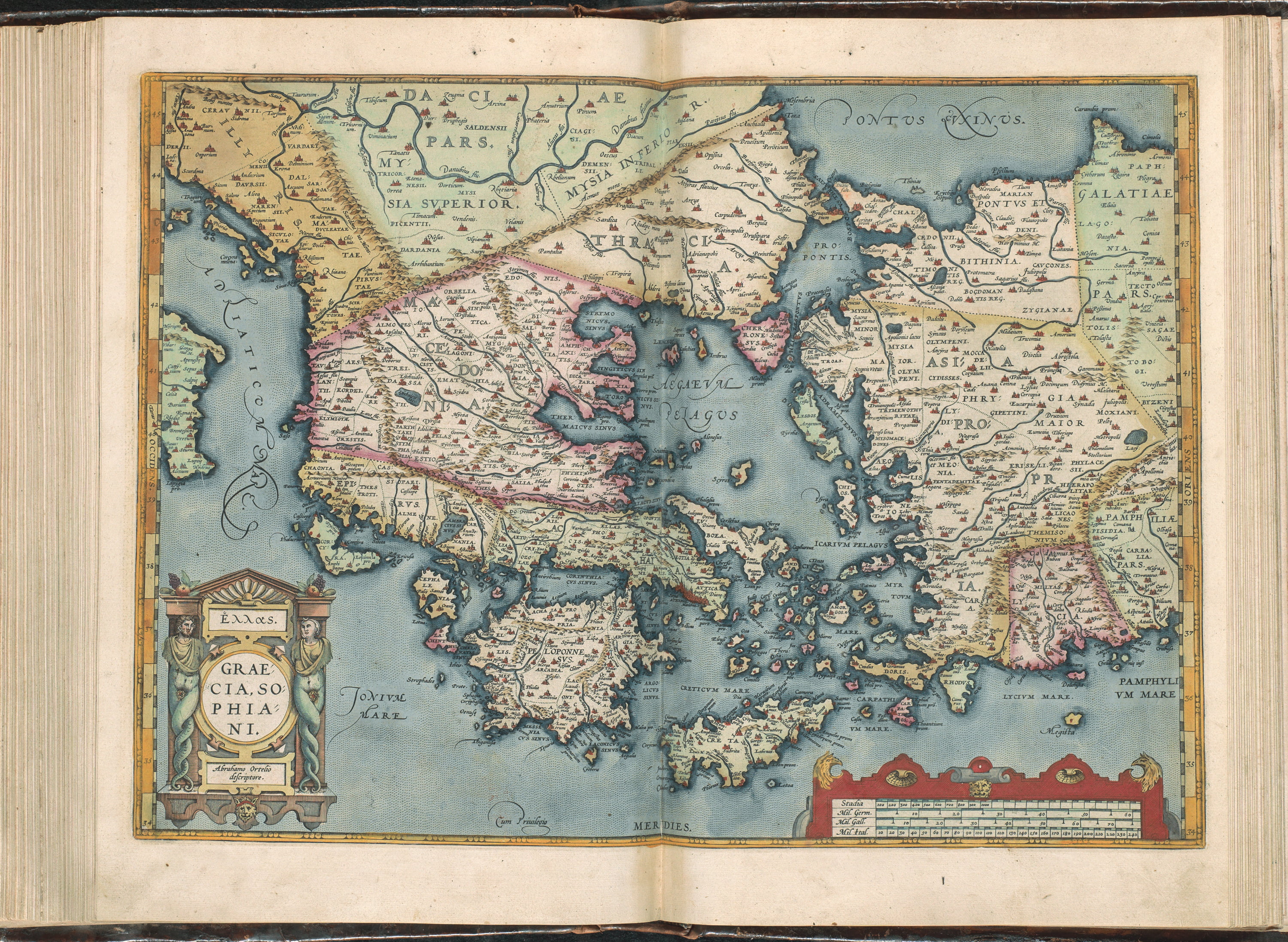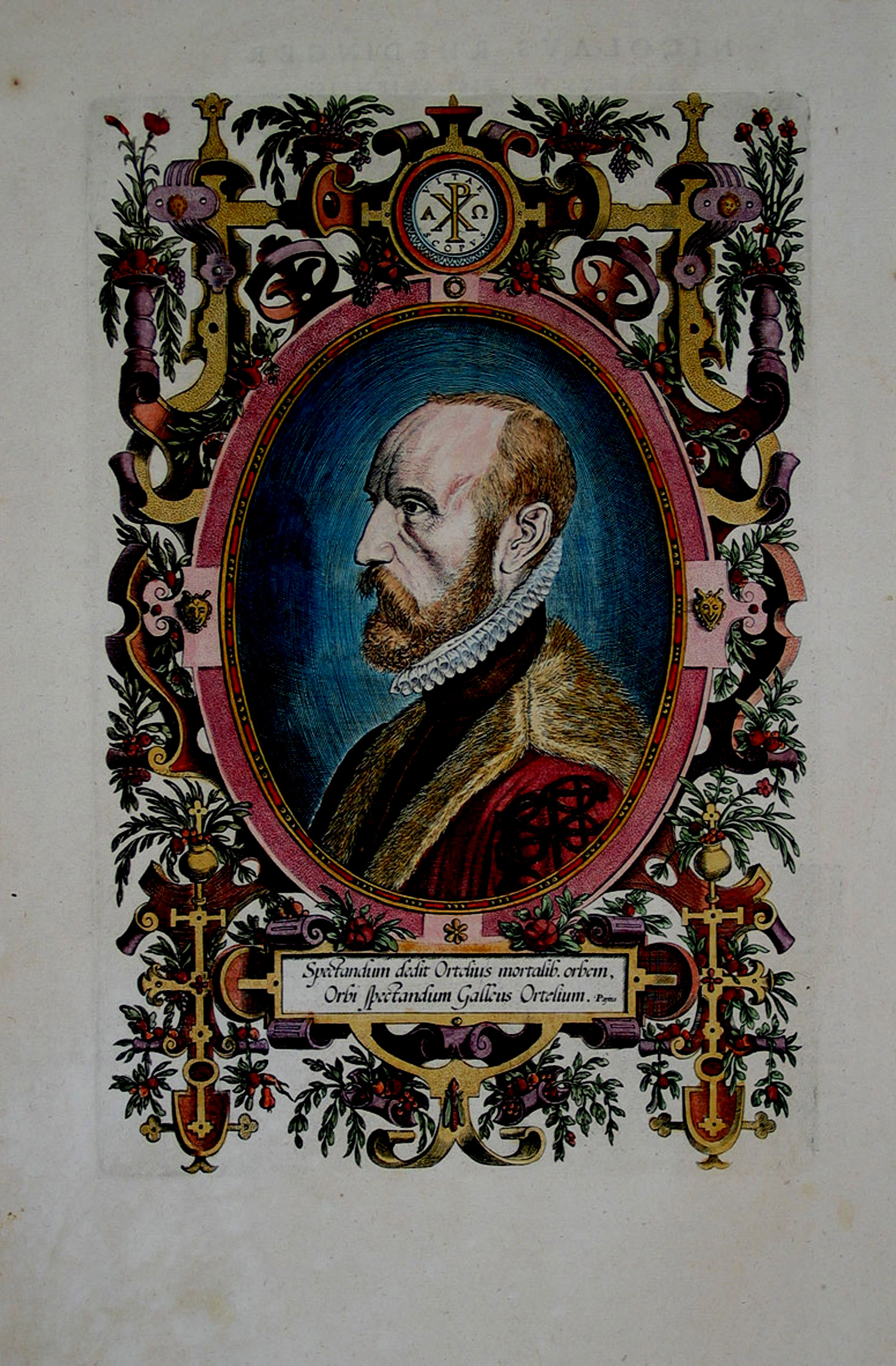

Abraham Ortelius was born Abraham Ortels of German parents in Antwerp on April 14, 1527.

After entering the Guild of Saint Luke in 1547 as a map illuminator, he embarked upon a career dealing in books and prints and began to attend. 100 Women Britannica celebrates the centennial of the Nineteenth Amendment, highlighting suffragists and history-making politicians. Abraham Ortelius (15271598) The eldest of the three children of an Antwerp merchant, from the age of ten and following his father’s death, Abraham Ortels was raised by his uncle Jacob van Meteren.
Contribution of abraham ortelius how to#
COVID-19 Portal While this global health crisis continues to evolve, it can be useful to look to past pandemics to better understand how to respond today.Student Portal Britannica is the ultimate student resource for key school subjects like history, government, literature, and more.Abraham Ortelius (1527 1598) published the first modern world. Ortelius was a Dutch / Flemish cartographer. 1584 map of Greece and Western Turkey by Abraham Ortelius.jpg 12,525 × 9,061 26.74 MB. This Time in History In these videos, find out what happened this month (or any month!) in history. The vessel is re-flagged and renamed Ortelius. 1584 map of Greece and the Aegean Sea by Abraham Ortelius.jpg 12,895 × 9,347 29.09 MB.#WTFact Videos In #WTFact Britannica shares some of the most bizarre facts we can find.Demystified Videos In Demystified, Britannica has all the answers to your burning questions.Britannica Classics Check out these retro videos from Encyclopedia Britannica’s archives.Britannica Explains In these videos, Britannica explains a variety of topics and answers frequently asked questions.

He is recognized as the creator of the first modern atlas, the Theatrum Orbis. While the map's depiction of the geography of Iceland is far more accurate than that of any earlier map, so that with it Ortelius brings the island properly into the geographical ken of Europe, the presence of so many fierce sea monsters on the map tends to suggest, contrariwise, that the island was a wild and inapproachable place at the very edge of the known world. Abraham Ortelius was a Brabantian cartographer, geographer, and cosmographer. He is known as the inventor of the atlas - a book bringing maps together in one format and with the same display - and was the first person to discover continental drift. It is very unlikely that Ortelius consulted the King's Mirror directly it is much more probable that the information about the sea monsters came to him together with the map he used as a model, which was given to him by the Danish historian Andreas Velleius (or Anders Sørensen Vedel) (1542-1616), and was probably prepared by the Icelander Guðbrandur Þorláksson (or Gudbrandur Thorlaksson) (1541-1627). Abraham Ortelius is a key figure in the history of human knowledge. The map is famous for the abundant sea monsters it depicts around the island, and a close study of Ortelius's descriptions of the monsters clearly reveals the influence of the King's Mirror. The map in question is Abraham Ortelius's map of Iceland, which first appeared in the 1587 Théâtre de l'univers, a French edition his Theatrum Orbis Terrarum, which is regarded as the first modern atlas and was first published in 1570. In the following century the Dutch reigned supreme in the. Another monument of 16th-century cartography is the Lafrri Atlas, containing maps compiled by gifted Italian cartographers between 15. This book has a detailed and interesting chapter on “The Marvels of the Icelandic Seas” that describes several sea monsters, particularly various types of whales. Ortelius’s Theatrum orbis terrarum (1570 Theatre of the World) is generally thought to be the first modern atlas. The Icelandic text is the Konungs skuggsjá, also known as the Speculum regale or King's Mirror, written as a dialogue between a son and father and intended for the education of Prince Magnus Lagabøte (reigned 1263-1280). Abstract: In this paper I will examine a remarkable case of the transmission of information about the sea monsters in the waters of Iceland from a thirteenth-century Icelandic text to a sixteenth-century Dutch map.


 0 kommentar(er)
0 kommentar(er)
